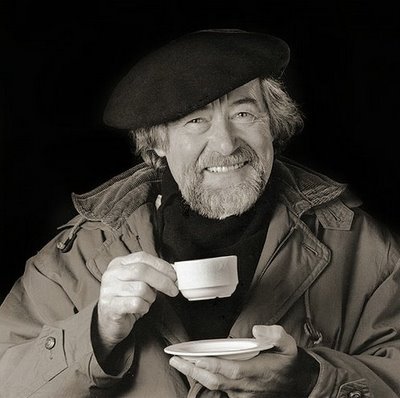
What's the number one ingredient that gives an image a sense of quality? It's something that's free and readily available. Hmm so not that new state-art-digital camera then... nope. Well it's got to be the lens then. Nope. "Free", oh I see, well it'll be the composition, depth of field and colour then.
Well no it is none of the above. I am sure you must have guessed already that I am talking about light. Photography is after all drawing with light. It pains me to see so many photographers spending a fortune on new equipment in the pursuit of clear, sharp images that exude a feeling of quality only to get knocked back with disapointing results.
If you have an understanding of light you can use a toy camera with a plastic lens and achieve a feeling of visual quality. Put that same knowledge together with a great camera system and you're on your way to quality Nirvana.
There are many excellent books and articles on the net about lighting so I'm not going to give a lesson here. All I want to do is say that in my view the most important factor in determining image quality is the lighting. Of course it's not the only factor.
It is however the most exciting to work with as the variables are almost infinite. Light is affected by the time of year, the atmospheric conditions, the time of day, reflections etc. Man made light also comes in a tremendous variety. I have a friend who used to do a lot of evening shots and he loved using car headlights, claimed no other light source gave him that exact quality.
In the studio using a softbox, a translucent white umbrella, a silver reflective umbrella, a beauty light ... all give vastly different results. The only way to really learn about light is by using your eyes to look at how different light sources behave and by examing your images. And don't think you have to invest in very expensive studio lights to get a good result. A cheap off camera flash with a translucent white umbrella can provide an excellent diffused light source, ideal for portraits. As always it pays to be creative and think outside the well worn paths that 'experts' and marketers try to drive everyone along.
The image of Ivan above was shot with a soft box, partly covered with black cloth to reduce the size of the light source (I didn't have a small softbox handy so improvised) and a backlight with a honeycomb. This image and others can be viewed in my online portrait exhibition on www.indigo2photography.co.uk
I am happy to respond to any questions you may have. Just email me.
Ciao,
Paul
Comments